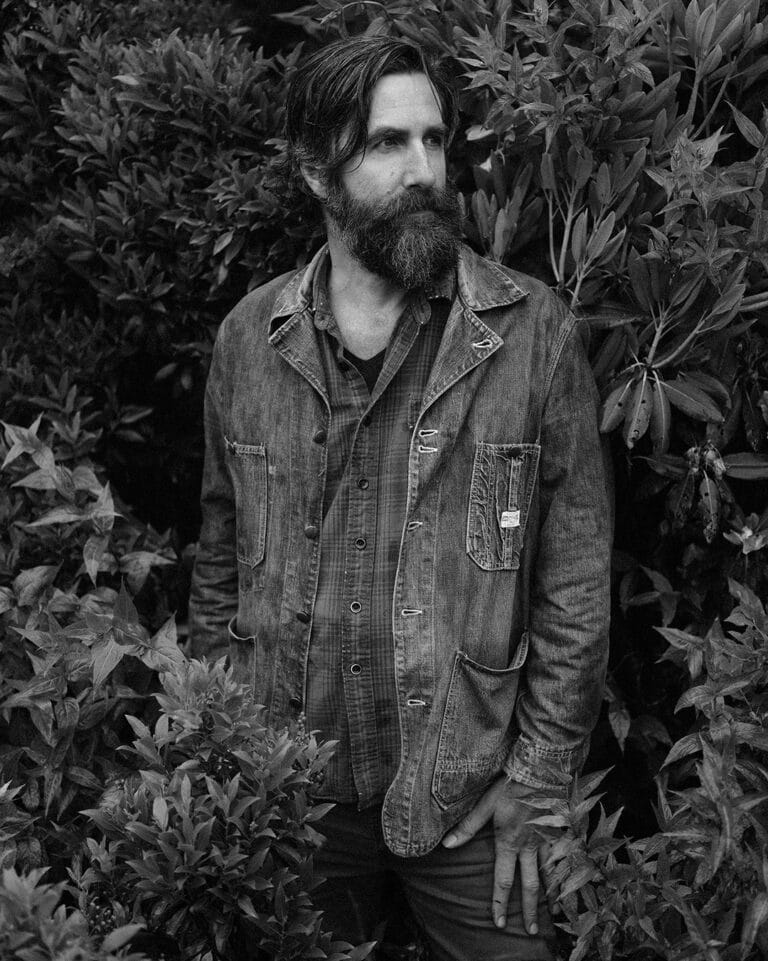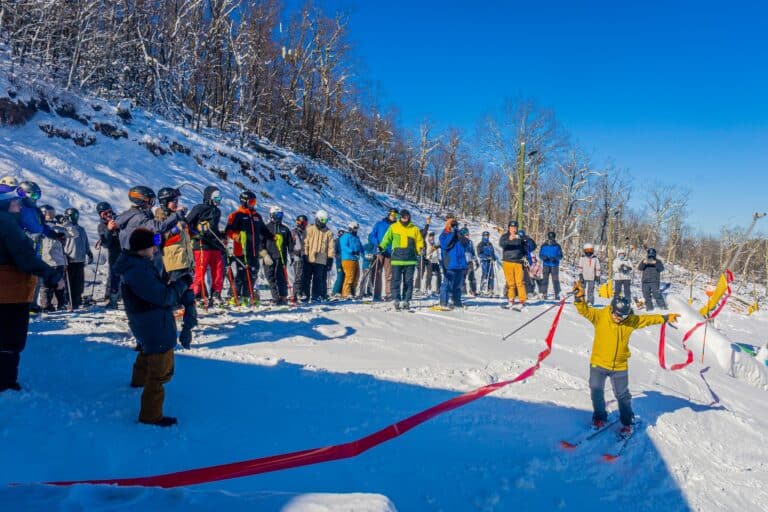by Graham Averill
Adriene Levknecht’s nose is a little crooked. But the appearance of her twisted nose
doesn’t seem to bother the pro kayaker.
“It’s probably broken. I may get it looked at. I may not,” Levknecht says. “Honestly, I don’t like to think about it.”
Levknecht, a 19-year-old living in Asheville, North Carolina, broke her nose while paddling the Raven’s Fork, a class V+ creek inside Great Smoky Mountains National Park. It’s a benchmark creek that’s reserved for only the strongest boaters. Specifically, she broke it while running Big Boy, a 35-foot class V+ drop that most paddlers portage. The general consensus is that Big Boy is the most difficult drop in the Southeast, mainly because of the razor-thin line a paddler has to take over the falls. Levknecht is one of the few female boaters that has run Raven’s Fork and only the second female ever to paddle Big Boy.
“I did it on the most hungover day of my life,” Levknecht says. “I boofed the bejesus out of it and took a paddle to the face. Blood was pouring out of my nose and I didn’t care. I was so happy. I had just run Big Boy.”
Levknecht is the poster child for the current state of female paddlers. Within the last two years, more women have taken to the male-dominated sport, and perhaps more significantly, a select few like Levknecht have stepped up their game to run the creeks and rapids that were previously reserved for boaters with a Y chromosome. Levknecht herself is only 19 years old and has been paddling for a mere four years.
“Adriene’s progressed so fast and she’s super young,” says Shane Benedict, boat designer for Liquid Logic. “She’s at this place where the mental side of her game is developing, and she’s paddling at an extremely high level. She’s running stuff that most boys won’t touch.”
In 2006, Levknecht competed in the Green Race after having only run the Narrows four times. She was the youngest woman ever to compete in the race, and she came in second. In 2007, she tied for first in the short boat category and placed third in the long boat, cutting a full minute off of her previous year’s performance.
Paddlers use the Green Race as a barometer for what’s happening in the world of kayaking overall. In 2005, only three females competed in the race. That number doubled in ’07, and the finishing times for all women improved significantly.
Anne Connolly is an Alabama boater who’s been a fixture on the Southern paddling scene for years. She says a few women have been running steep creeks for a long time, but the recent leap in performance is exciting, and it can partly be attributed to the paddling manufacturers themselves.
“Five years ago, all my gear was boy stuff,” Connolly says. “It was always tough to get the right size gear. But now, manufacturers are starting to pay more attention to us. Jackson has a line of boats that work well for women. Immersion Research has the J-Lo skirt. Werner has smaller shaft paddles. They’re getting a lot better.”
Levknecht attributes much of her recent success to Liquid Logic’s new Jefe Chico, a creek boat designed for women and smaller paddlers. “The release of the Chico last summer made a big difference in what we can do,” Levknecht says. “I used to paddle a standard Jefe, and for a 120-pound girl, it was like sitting in a bathtub.”
Benedict of Liquid Logic says it was a natural progression to start offering a creek boat for women. “There’s always been a lack of design for smaller boaters. But more and more women are paddling, and it makes sense to offer them a boat they can handle,” he says.
Connolly is hoping the new boat designs and emergence of paddling superstars like Levknecht will convince more women to take up kayaking. In order to promote the cause, she created the BoaterChick Festival, the first ever female-specific whitewater festival. Last month, BoaterChick united girl boaters in two locations, Oregon and North Carolina, for a weekend of paddling and female-only competitions.
“There are so many class II-III women boaters out there that want to get better,” Connolly says. “They just need to be around the right people. They have to have the chance to boat together, establish friendships, and learn from each other. Paddling with boys is great, but women need to paddle with other women, too. It helps them break through to the next level.”
Levknecht attributes her own breakthrough to the moment when she moved beyond the common fears that all boaters experience. “At one point, I said I don’t care if I get trashed—I’m styling this waterfall. You get beat down. It happens. The first time I ran Gorilla, I bit a hole right through my lip. You have to be able to laugh that stuff off.”







